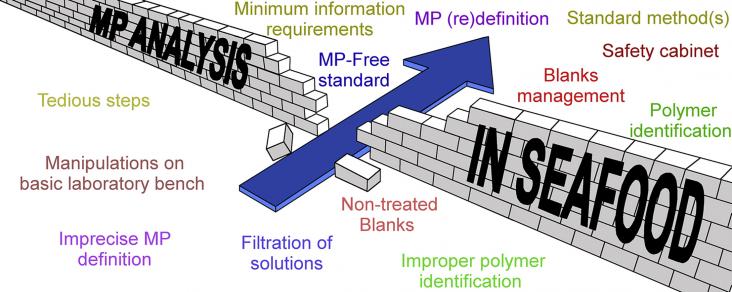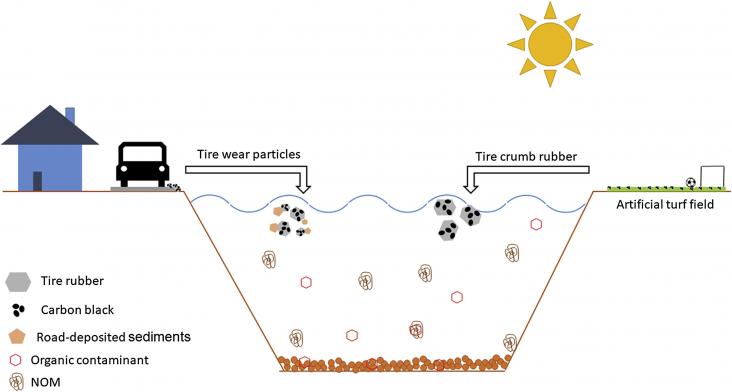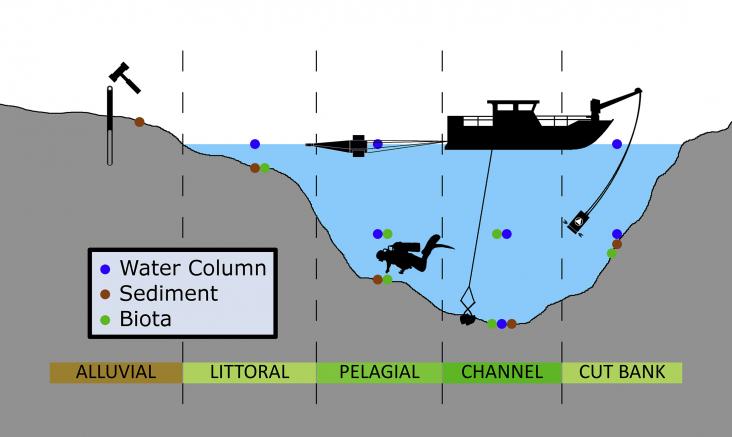This microplastics special issue compiled by Trends in Analytical Chemistry supports many of the SDGs, namely SDGs 3 (good health and well-being), 9.5 (enhance scientific research), 12 (responsible consumption and production), 14 (life below water) and 15 (life on land).

For seventy years, mass plastic production and waste mismanagement have resulted in huge pollution of the environment, including the marine environment.
Nanomaterials Applications for Environmental Matrices - Chapter 4 - Microbe Decontamination of Water
Nanomaterials Applications for Environmental Matrices, 2019, Pages 151-185
This book chapter advances SDG 6 and 14 by reviewing the advances in research for nanomaterials for water disinfection to help with water security and combat pollution.
This collection of articles focusses on SDG 14 (life below water).
Partner content
United Nations Global CompactUnited Nations Global Compact, June 2019
This report explores the role of business in securing a healthy, productive and well-governed ocean, contributing to SDGs 12, 13 and 14. Private sector innovation and investment, together with strong public and private governance frameworks, could exponentially increase the amount of sustainable resources delivered from the ocean, including healthy food, secure and affordable clean energy, and more efficient and lower-carbon transport.
The presence of small plastic particles in the environment, reported for the first time in the 1970's, has only recently been recognized as a global issue.
PET is a ubiquitous material because of its robust properties. Today, less than 30% of PET bottles and few carpets are recycled in the United States, leading to the majority of PET being landfilled.

Tire materials are a significant proportion of the (micro)plastics in the environment that until today have been clearly overlooked.

